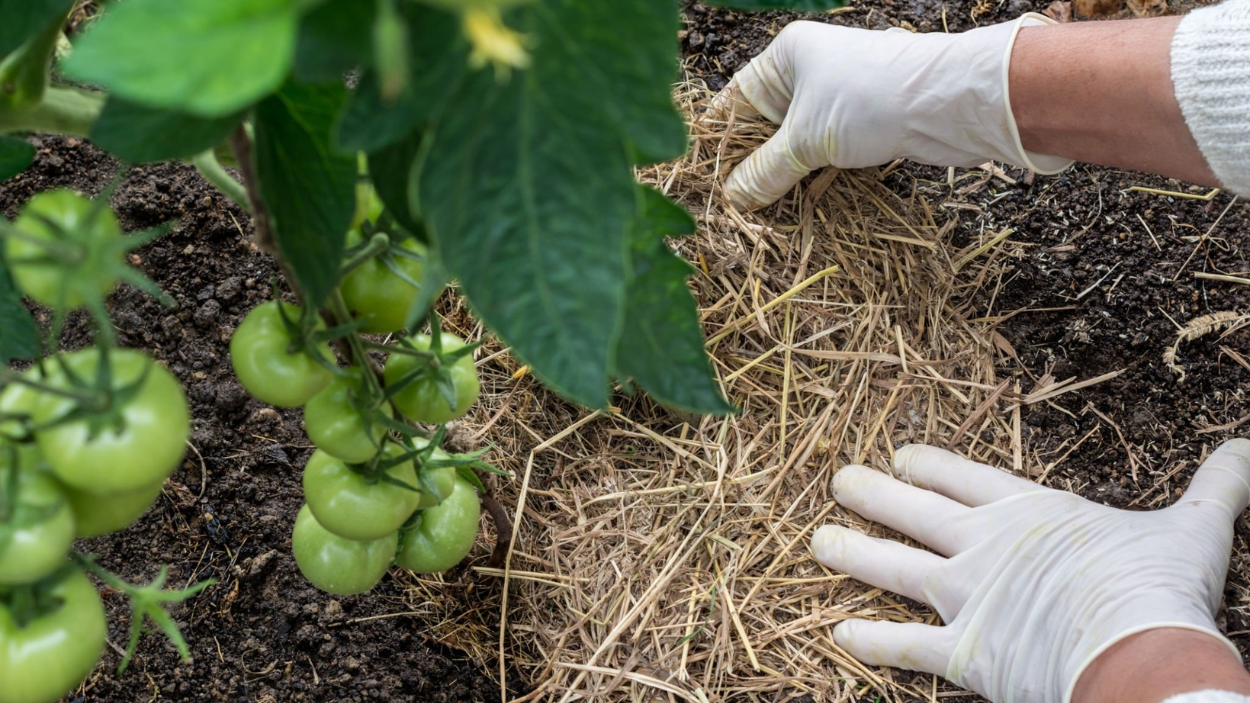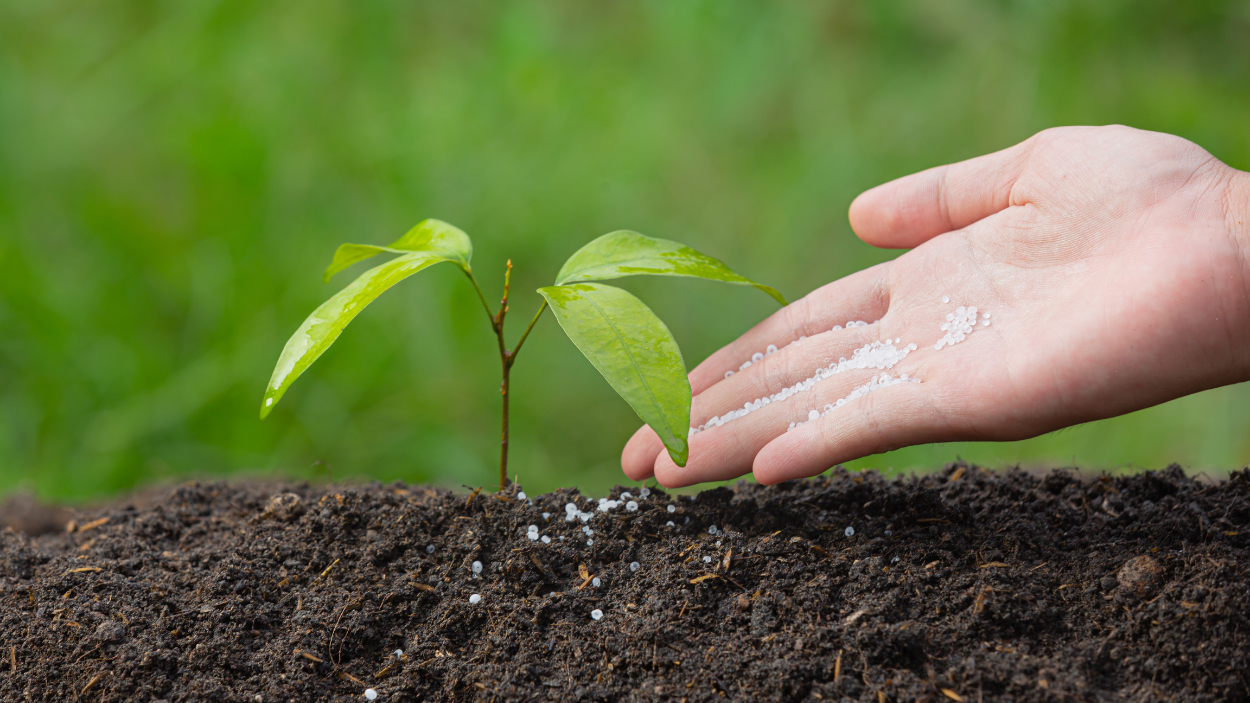Spinach flowering, or bolting, is primarily caused by environmental factors such as temperature and day length. When spinach plants experience temperature fluctuations or longer daylight hours, they transition from leafy growth to reproductive growth. Other factors like plant maturity, stress, and nutrient deficiencies can also contribute to this issue. To prevent or manage spinach flowering, provide consistent conditions, harvest regularly, and ensure proper nutrition and moisture levels. By understanding the causes and taking appropriate measures, gardeners can enjoy extended periods of leafy spinach harvest.
What Is Bolting?
Bolting refers to the process in which a plant transitions from vegetative growth to the reproductive phase. It involves the rapid elongation of the stem, the formation of flowers, and eventually, the production of seeds. Bolting is commonly observed in various plants, including vegetables like spinach when they experience certain environmental cues such as temperature fluctuations or changes in day length. The onset of bolting often leads to a decline in the quality and edibility of the plant's edible parts, such as leaves, as the plant's energy shifts towards reproduction.
When Does Bolting Occur in Spinach Plants?
Bolting in spinach plants typically occurs when specific environmental conditions are met, signaling a transition from vegetative growth to reproductive growth. The exact timing of bolting can vary depending on various factors such as spinach variety, temperature, day length, and overall plant health. However, bolting is commonly observed when spinach plants experience a combination of cool temperatures followed by warmer weather or longer daylight hours. These shifts in environmental conditions trigger physiological changes in the plants, prompting them to redirect their energy toward flowering and seed production. It is important for gardeners to monitor their spinach plants closely and harvest leafy greens before bolting occurs to maximize their culinary use.
How to Avoid Spinach Prematurely Flowering?
To avoid premature flowering, or bolting, in spinach plants, it is important to implement specific strategies that create optimal growing conditions. Here are some methods to help prevent the spinach from prematurely flowering:
Timing: Select the appropriate timing for sowing spinach seeds based on your climate and local weather conditions. Choose early spring or late summer plantings when temperatures are cooler, avoiding the hottest periods of the year.
Variety Selection: Look for spinach varieties known for their bolt resistance or slower bolting tendencies. Choose varieties labeled as bolt-resistant or specifically recommended for your particular climate. These varieties are bred to be more resistant to bolting.
Temperature Management: Provide consistent temperatures within the optimal range for spinach growth. Avoid extreme temperature fluctuations, as rapid changes can trigger bolting. Consider using row covers or planting spinach in areas with suitable microclimates that offer protection from temperature extremes.
Day Length Control: Monitor day length and prevent extended daylight hours from triggering premature flowering. Harvest spinach leaves regularly to prevent the plants from perceiving longer days, which can signal the need to shift into the reproductive phase. Continuous harvesting helps maintain vegetative growth and delays bolting.
Moisture and Nutrient Management: Ensure the soil remains consistently moist by providing regular watering, especially during dry periods. Spinach plants prefer well-draining soil, so avoid overwatering to prevent waterlogged conditions. Maintain proper nutrition by amending the soil with compost or organic matter to improve soil fertility and nutrient availability. Balanced fertilization supports healthy plant growth and minimizes the stress that can trigger bolting.
What To Do If Your Spinach Has Flowered?
1. Harvest Seeds: Allow the flowers to mature and produce seeds. Once the flowers dry and turn into seed pods, you can collect the seeds for future planting. Allow the pods to fully dry on the plant before harvesting them.
2. Culinary Use: Although the leaves may have a bitter taste and tougher texture after flowering, they can still be used in cooking. Remove the flowers and use the remaining leaves in recipes that call for cooked greens, such as stir-fries, soups, or sautés. Cooking can help soften the texture and mitigate the bitter flavor.
3. Let It Go: If you don't need the space for other crops and want to observe the plant's complete life cycle, you can let the spinach continue to grow and produce seeds. This can be a valuable learning experience and provide an opportunity to save seeds for future plantings.
4. Start Over: If you still desire fresh, tender spinach leaves, consider replanting with a new batch of spinach seeds. Pay attention to the recommended planting times for your region and choose bolt-resistant varieties to increase the chances of successful leaf production before bolting occurs.
Frequently Asked Questions
Q: Can I save seeds from a flowering spinach plant?
A: Absolutely! Once the flowers of a spinach plant have matured and turned into seed pods, you can collect the seeds for future plantings. Allow the pods to fully dry on the plant before harvesting them and store the seeds in a cool, dry place for later use.
Q: Why did my spinach start flowering early?
A: Spinach can start flowering early due to various factors, including high temperatures, long daylight hours, plant stress, or genetic predisposition. Certain spinach varieties are more prone to early flowering than others. To prevent early flowering, ensure optimal growing conditions such as cooler temperatures and consistent day lengths.
Q: Can I replant spinach after it has flowered?
A: Yes, you can replant spinach after it has flowered, especially if you want to save seeds. However, keep in mind that the focus of the plant will shift toward seed production rather than leaf growth. If you want fresh, tender leaves, it's best to replant with a new batch of spinach seeds.
Q: Can I prevent spinach from flowering altogether?
A: While it can be challenging to completely prevent spinach from flowering, you can take steps to delay the onset of flowering. Choose bolt-resistant varieties, provide optimal growing conditions, harvest leaves regularly, and monitor day lengths to minimize the chances of premature flowering.
Final Thought
In conclusion, understanding why spinach flowers and taking appropriate measures can help you manage this natural occurrence in your garden. While spinach bolting may lead to a shift in flavor and texture, there are still opportunities to salvage the situation. Harvesting seeds, utilizing the remaining leaves in cooking, or observing the complete life cycle of the plant can provide valuable experiences. By selecting bolt-resistant varieties, optimizing growing conditions, and adjusting planting times, you can extend the period of leafy spinach harvest and make the most out of your garden. Embrace the fascinating journey of spinach cultivation, from seed to flower, and continue exploring the many culinary possibilities that this nutritious and versatile vegetable offers.




